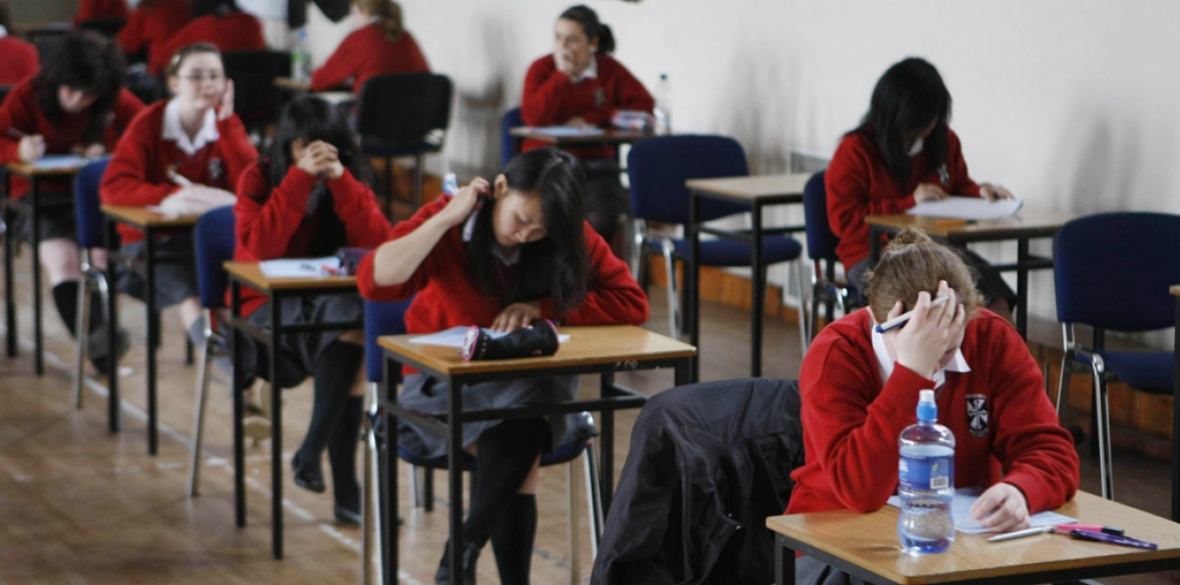This is the last article you can read this month
You can read more article this month
You can read more articles this month
Sorry your limit is up for this month
Reset on:
Please help support the Morning Star by subscribing here
SECONDARY SCHOOLS are at “breaking point” thanks to the Tories slashing 15,000 staff, headteachers warned today.
New research shows that English secondary schools have lost an average of two classroom teachers, two teaching assistants and two additional support staff since 2015.
The education unions behind the research, which is based solely on official government statistics, said the reduction in the workforce stemmed from real-terms budget cuts of £2.8 billion in that period.
Staff numbers in secondary schools fell by 15,000 between 2014-15 and 2016-17, while pupil numbers rose by 31,000.
National Association of Head Teachers general secretary Paul Whiteman warned: “School budgets are at breaking point.
“School leaders have made every other possible efficiency and now it is impossible for many schools to avoid making redundancies, to continue to keep class sizes at an acceptable level and to offer a full and rounded curriculum to all pupils.
“The school funding crisis is real. Funding increases need to be in real terms, not in cash terms.”
National Education Union joint leader Mary Bousted said: “Schools are cutting back on teacher numbers and the pupil-to-teacher ratio is worsening.
“Children only have one chance to go to school. We should be investing in this generation of young people who will see such profound changes during their lifetimes.”
General union GMB, which represents support staff, said the funding crisis had been “made in Whitehall.”
National officer Karen Leonard said: “Theresa May needs to stop burying her head in the sand, get a grip of what is happening at the DfE [Department for Education] and start fully funding our education system.”
The government claims its national funding formula will address regional variations in school budgets. But the new figures show some of the largest staffing cuts have been made in the areas with the lowest average funding per pupil. These include central Bedfordshire, the East Riding of Yorkshire, York, Derby and Milton Keynes.
And four of the five worst-hit local authorities — Middlesbrough, Reading, the Isle of Wight and Doncaster — face further budget cuts over the next two years.
Another head teachers’ union, the Association of School and College Leaders, warned that pupils with special needs and poor children would be particularly at risk.
“Schools have had to make substantial budget cuts because of government underfunding and this impacts on staffing numbers as staffing makes up the majority of their expenditure,” general secretary Geoff Barton said.
“As a result, they are less able to give individual support to children, they cannot sustain a full range of curriculum options and class sizes are rising.
“This is most damaging to children who need extra support and whose parents cannot afford to supplement their education with activities outside school.”
Cuts to school budgets are believed to have been a major factor in voters switching to Labour at the last general election. The party has pledged to reverse the trend by raising billions of pounds through taking back Tory handouts to big business.

 Conrad Landin
Conrad Landin









